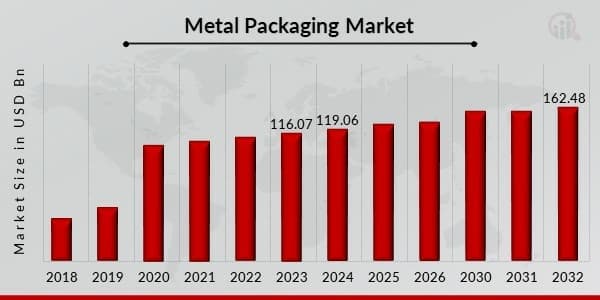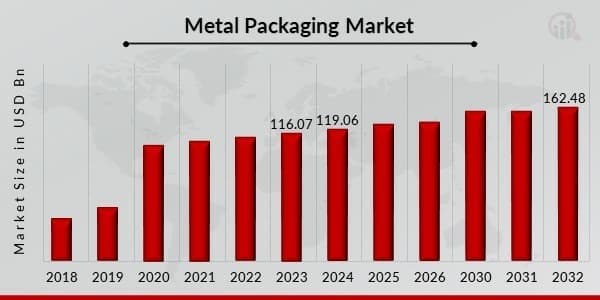

From Tin to Titanium: The Evolution of Metal Packaging
Description
The metal packaging market has experienced significant growth and transformation over recent years, driven by a combination of factors including increasing demand for sustainable packaging solutions, advancements in manufacturing technologies, and the growing need for durable and safe packaging options across various industries. Metal packaging, which primarily includes products made from materials such as aluminum and steel, offers distinct advantages such as high strength, recyclability, and excellent barrier properties, making it a preferred choice for packaging food, beverages, pharmaceuticals, cosmetics, and industrial products. The metal packaging market is evolving as a dynamic and essential segment of the packaging industry.
Get more info @ https://www.marketresearchfuture.com/reports/metal-packaging-market-1917
One of the key drivers for the metal packaging market is the rising consumer awareness about environmental sustainability. Metal packaging is widely recognized for its recyclability, which appeals to environmentally conscious consumers and companies aiming to reduce their carbon footprint. Unlike many plastic packaging materials, metals like aluminum and steel can be recycled indefinitely without degradation in quality. This characteristic has encouraged several governments and regulatory bodies worldwide to implement stricter regulations favoring recyclable and eco-friendly packaging materials, thereby fueling demand for metal packaging. Furthermore, major brands are increasingly adopting metal packaging as part of their sustainability initiatives to enhance brand image and meet consumer expectations.
The food and beverage industry remains one of the largest end-users of metal packaging. Metal containers such as cans, tins, and aerosol cans are extensively used for packaging beverages like soft drinks, beer, and juices due to their ability to preserve flavor, protect contents from external factors such as light and oxygen, and maintain product freshness for extended periods. Additionally, metal packaging offers convenience in terms of portability, resealability, and ease of storage, which are important factors for modern consumers. The growing trend of ready-to-eat and convenience foods has also contributed to the increased use of metal packaging, as it provides an effective barrier against contamination and spoilage.
The market also faces challenges, including competition from alternative packaging materials such as plastics, glass, and paper-based products. While metal packaging is recyclable, the initial production costs and energy consumption can be higher compared to some other materials. Additionally, fluctuations in raw material prices, particularly aluminum and steel, can impact the overall cost structure of metal packaging products. Companies in this market must continuously innovate and improve efficiency to maintain competitiveness.
Routes in Beetle Bailey Slab
- 4From Tin to Titanium: The Evolution of Metal Packaging5.11bTrad